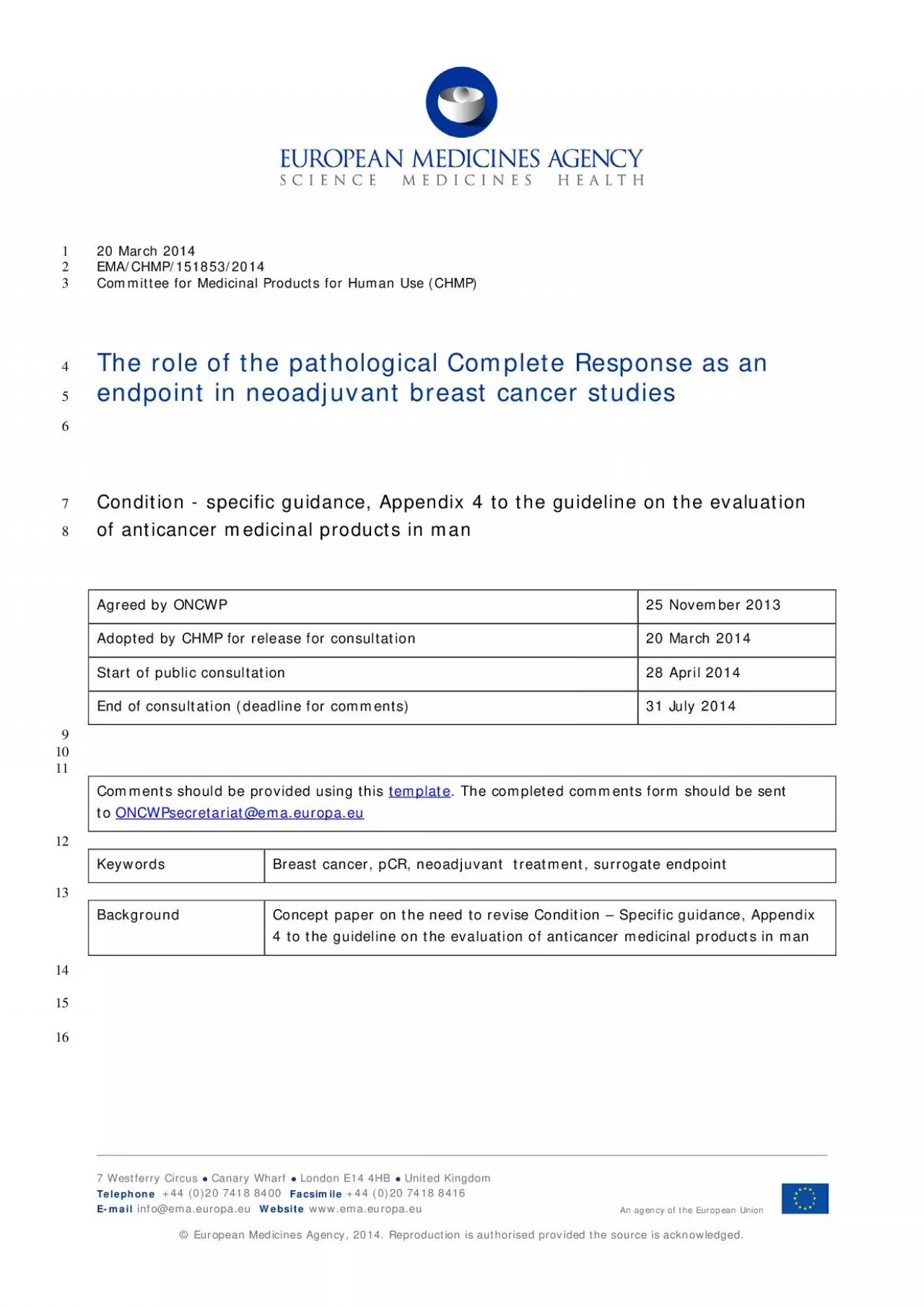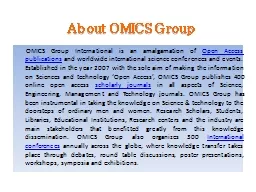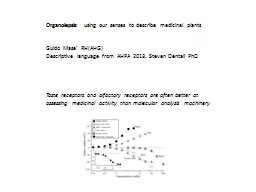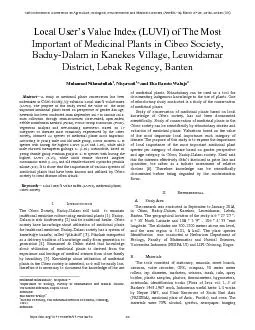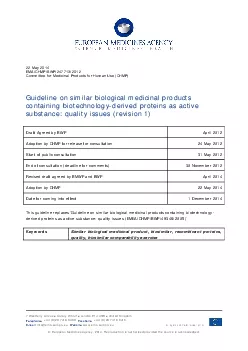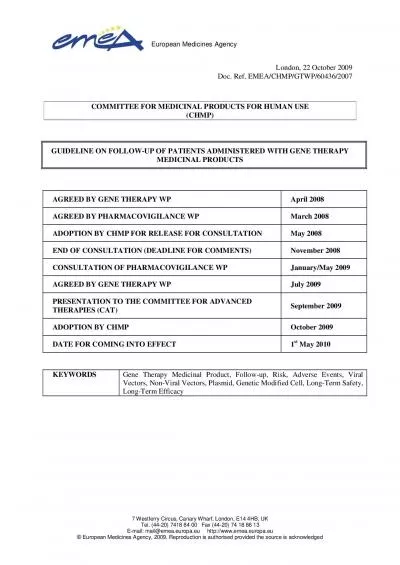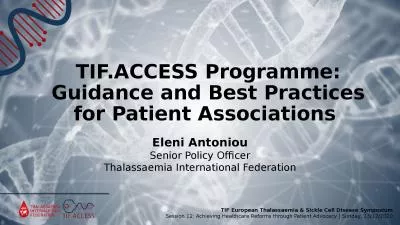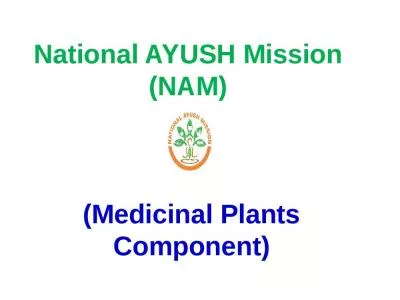PDF-20 March 2014EMACHMP1518532014Committee for Medicinal Products for
Author : nicole | Published Date : 2021-09-29
Adoptedby CHMPfor release for consultation20 March 2014Start of public consultation28 April201End of consultation deadline for commentsJuComments should be provided
Presentation Embed Code
Download Presentation
Download Presentation The PPT/PDF document "20 March 2014EMACHMP1518532014Committee ..." is the property of its rightful owner. Permission is granted to download and print the materials on this website for personal, non-commercial use only, and to display it on your personal computer provided you do not modify the materials and that you retain all copyright notices contained in the materials. By downloading content from our website, you accept the terms of this agreement.
20 March 2014EMACHMP1518532014Committee for Medicinal Products for: Transcript
Download Rules Of Document
"20 March 2014EMACHMP1518532014Committee for Medicinal Products for"The content belongs to its owner. You may download and print it for personal use, without modification, and keep all copyright notices. By downloading, you agree to these terms.
Related Documents

